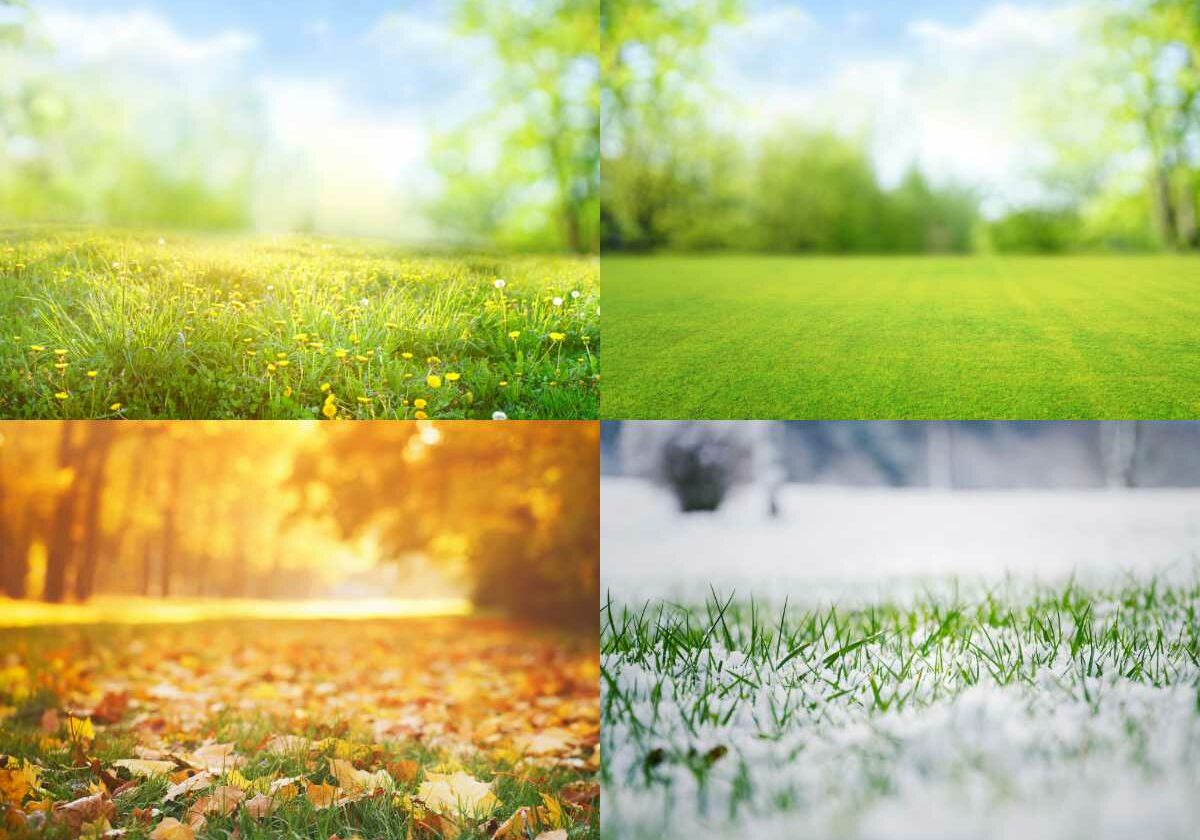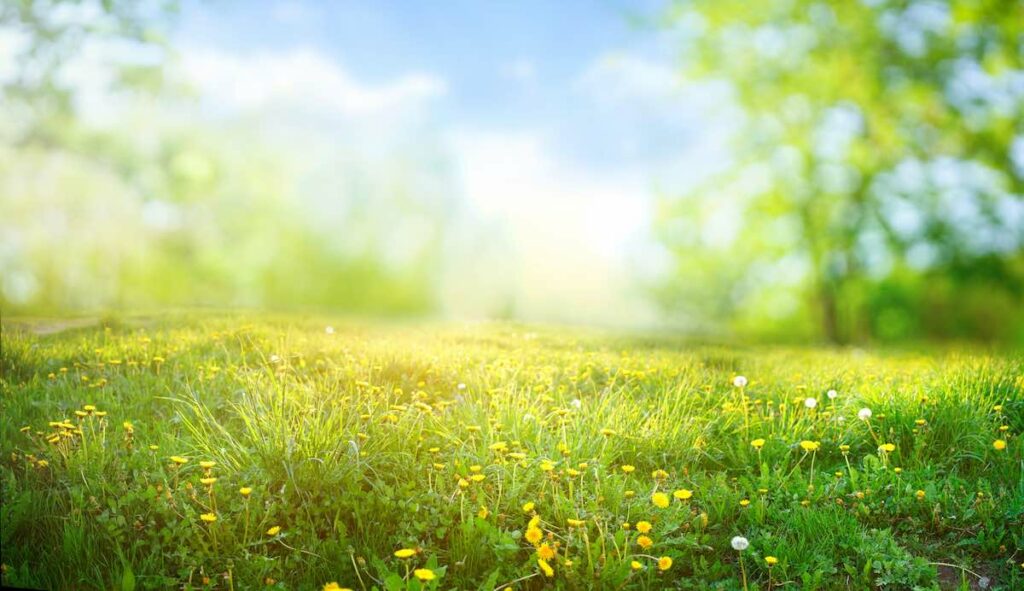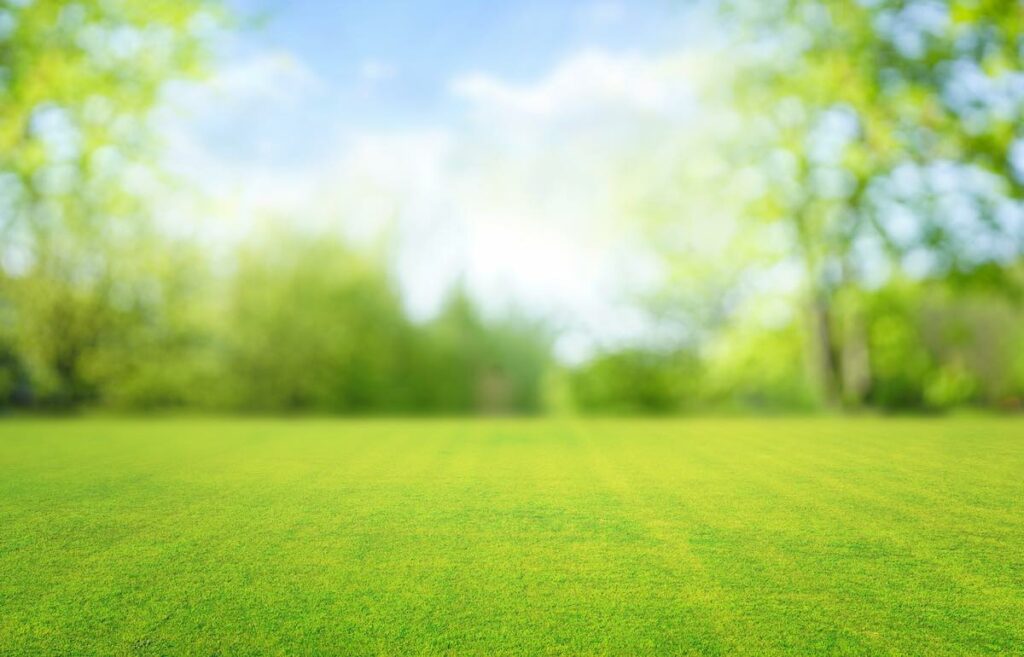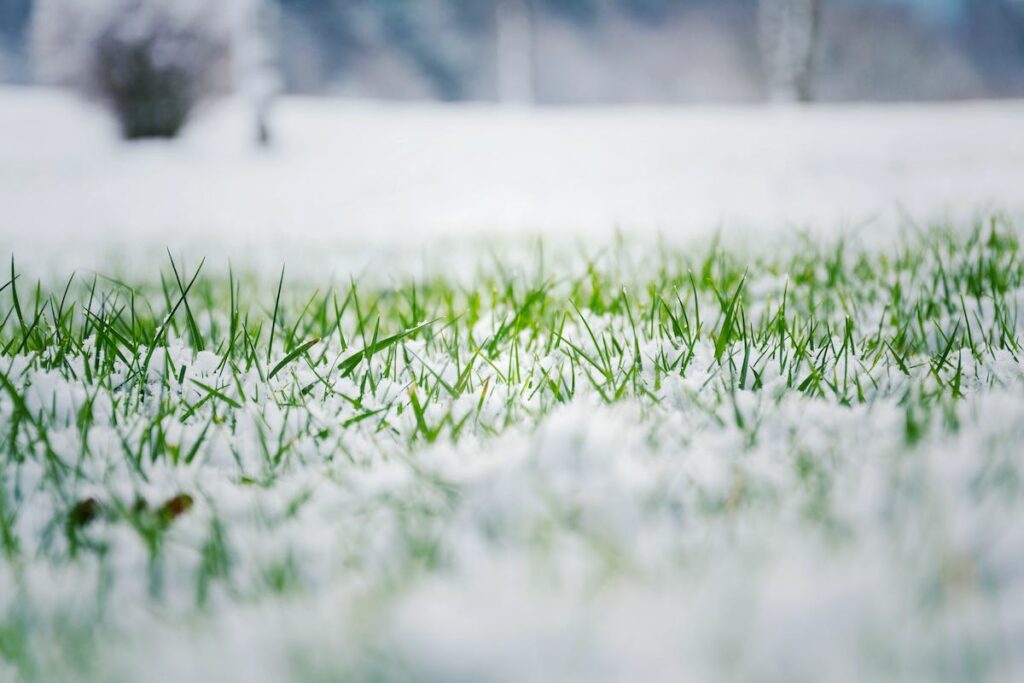Seasonal Hydroseeding Tips

Share this article!
It’s easy to think of hydroseeding as a seasonal activity, and in part that’s true, but depending on the region you live in and its climate, there are methods you can use to hydroseed any time of the year, or just about.
Hydroseeding in Spring
It’s often recommended to hydroseed in the spring, almost regardless of the area because spring tends to be a time of year with more rainfall and milder temperatures, which foster a great start for grass seeds, and more uniform germination. Despite the beneficial climate and weather conditions however, hydroseeding in spring can come with its share of challenges.
For example, unpredictable cold snaps can cause late frosts that can damage seeds, and even kill them, while too much rainfall can cause problems of its own – sweeping seeds from the soil and into nearby waterways, or otherwise redistributing seeds, and potentially drowning them in areas with poor drainage or compacted soil. It’s also important to consider the general soil temperature of the area before planting to ensure that the temperatures will be able to support newly-germinating seeds. If the soil is too cold, seeds won’t be able to properly establish. The minimum germination temperature varies between species, but most grasses require soil temperatures of at least 50-65℉ to germinate (measured at a depth of 2 inches).

Spring Hydroseeding Tips
In order to ensure successful hydroseeding in the spring, watch the weather patterns and make sure it’s unlikely the overnight temperatures will drop below freezing. After the last frost of the season has occurred and, for cold-season grasses, soil temperatures are around 50℉, you can begin hydroseeding.
In addition to watching out for cold snaps, proper drainage to manage rainfall accumulation in the hydroseed area should be planned for. Poor drainage can cause problems before you even get started, so it’s best to ensure you have properly irrigated the soil and provided runoff routes for excess water so it can’t easily pool or flow in low-lying areas, leading to uneven seed coverage and patchiness. If the soil is too wet, seeds will have a hard time establishing, so it’s best to test out the runoff patterns prior to seeding to make sure the soil is draining evenly and can withstand large amounts of runoff.
Lastly, choosing the right grass seed blend for spring will help to ensure spring hydroseeding success. Look for seeds that match your growing climate zone, as well as ones that match your soil type. (If you haven’t done a soil test — do that before selecting your seeds and fertilizers, so you can choose the best ones for your unique soil conditions.) Choosing a mix of grass types is a great strategy if you have a variety of soil types or characteristics in the area to be hydroseeded. A little soil preparation goes a long way to make sure seeds grow uniformly and healthily.
Hydroseeding In Summer
Hydroseeding in the summer comes with a number of benefits for grass growth — including longer daylight hours and warmer air and soil temperatures — all of which help seeds germinate and establish quickly. That said, while it may seem like summer is the ideal time to hydroseed, there are challenges to hydroseeding in the summer.
For freshly hydroseeded lawns, summer’s warm temperatures and reduced rainfall creates a threat of over-drying which can create stress for seeds and in extreme cases, can prevent germination entirely. Heat waves can be especially problematic for hydroseeding because the elevated temperatures over long periods of time can damage seeds.

Summer Hydroseeding Tips
The best way to successfully hydroseed during dry summers is to be aware of the weather patterns, just as you would with spring hydroseeding. If temperatures are forecast above average, or are forecasted to be high for a prolonged period of time, consider waiting for more moderate temperatures before seeding.
Water management, drainage, and irrigation is also essential to setting up your summer hydroseeding project for success. A good rule of thumb is to test your water system, whether that’s sprinklers or hoses, as you’re doing soil preparation so you can assess the soil’s reaction to watering then identify and fix any trouble spots prior to hydroseeding the area in order to prevent pooling or runoff issues.
Also note — watering in the hot summer months is generally less efficient, as warmer temperatures accelerate evaporation. Plan to irrigate efficiently by regular watering in the mornings or evenings when temperatures are more moderate.
Using mulch in your hydroseeding mixture is another key to successful summer hydroseeding. The mulch retains water, which is invaluable when seeding in higher temperatures. The mulch helps hold moisture close to the soil — and seeds — helping germination happen quickly and effectively.
Once again, choosing your seeds or seed mix wisely will help ensure you have a great lawn when the time comes. Choose seeds that are heat and drought tolerant so they’ll be prepared for the environment they’re entering.
Hydroseeding In Fall
Fall hydroseeding allows you to take advantage of increased rainfall and moderate temperatures to plant seeds without the stresses typical of summer conditions.
As with seeding in any season, there’s a sweet spot in the fall when it’s best to plant grass seeds — this is before the temperatures drop below freezing or when early frosts are a concern, threatening your seeds’ ability to germinate and establish.

Fall Hydroseeding Tips
Look to hydroseed in the fall as early as September once the warm temperatures begin to cool. This will help keep avoid the dangers of early frosts or overnight freezing temperatures. You will also want to observe the daily high temperatures as well, since fall can be a time of resurging temperatures depending on the climate and the area.
Maintaining or ensuring proper irrigation can provide protection against too much heat or drying for those hot fall days. Using mulch in your hydroseed mix is a good way to help retain moisture near the seeds and protect them from over-drying. Mulch can also act as a light blanket, protecting against cooler temperatures, but shouldn’t be relied on to protect your seeds from frost.
There are a variety of cool season grasses that are ideal for fall hydroseeding, and many of the cool season mixes will also perform well under the varying conditions of fall in many regions. Find the type of grass seed or seed mix that suits your soil and the expected conditions for the very best start for your grass.
Hydroseeding In The Winter
Hydroseeding in the winter is perhaps the most challenging of the seasons to hydroseed in, although it depends on your region and local climate. In milder climates like the south, hydroseeding in winter can be successful since temperatures usually stay well above freezing. In other temperate areas of the United States, it’s possible to hydroseed in the winter and for germination to occur as temperatures rise in the spring. This is called dormant seeding.
In both cases, the more unpredictable weather of winter can mean adverse impact for seeds, from winter storms that erode seeded areas to wind damage, frost, and snowfall which can stunt germination and prevent seeds from establishing well.

Winter Hydroseeding Tips
Dormant hydroseeding in winter is one of the best ways you can ensure a healthy lawn in the spring, as it effectively sets you one step ahead of having to apply the seeds in the spring. Once the ground begins to thaw and warm, seeds will already be positioned to germinate and establish with some fertilizer and a watering schedule.
Adding mulch and tackifiers to your winter hydroseeding mix can create an ideal environment for your seeds to stay put through the unpredictable conditions of winter. (Note: when dormant seeding, exclude fertilizer from your hydroseed mix, as this will only be wasted, since fertilizers effectiveness generally won’t last the entire winter to be ready to help the seeds in the spring.)
The right seed type for winter hydroseeding is especially crucial — choose only cold-tolerant, hardy seed types to give your grass the best chance of success. Once spring comes, make sure the seeded area is damp enough for seed germination to begin, and apply fertilizer or other soil amendments as needed.
Year Round Hydroseeding Tips
Regardless of the time of year you choose to hydroseed, there are some key steps to take to give your seeds the best possible chance to succeed.
- Don’t Skip Soil Preparation – We’ve said it before, and we’ll say it again: if your soil is hard, compacted, or deficient in some way, all the hydroseeding tips in the world won’t be enough to help your seeds take root. Make sure you take the time to test the soil for its nutrient balance, so you know what you’re working with, and what fertilizers will be helpful as well as what seed types have the best chance of growing well in that soil. Till and irrigate the soil to make sure it’s receptive to seeds and that proper drainage and watering can occur.
- Do Customize Seed Mixes – Soil is unique, and for every unique soil characteristic, there’s a seed that will thrive in it. Conduct soil testing to match your seed selection to the area’s soil, as well as its climate.
- Water on a Schedule – A consistent watering schedule is key, especially in the early days after hydroseeding. Having a clear schedule will help keep the ground moist enough for seeds to germinate and grow well.
- Use Mulch Strategically – For areas where soil erosion or drying is a concern, mulch can help keep seeds in place while also helping keep the soil damp enough for germination.
- Watch, Wait, and Adjust – Observe the area closely. There may be shady areas where the ground is too damp, or poorly irrigated areas where water is pooling. If you notice these issues, adjust your watering frequency, timing or placement, and add irrigation if possible. Similarly, you may notice other areas drying prematurely and need to increase moisture in that area — only consistent observation of the area will help you identify and solve these issues before they adversely impact your lawn.
- Add Fertilizers and Soil Boosters – Never underestimate the power of a good fertilizer. Whether you need it to balance the soil’s pH or add crucial nutrients like nitrogen, the right fertilizer can often mean the difference between a lush-looking lawn, and a lackluster one.
- Understand Erosion Control – Keeping seeds and the nutrients they need to thrive in place is the name of the hydroseeding game. Controlling erosion with additives like tackifiers and mulch can help you win this battle before it even starts.
Do you have any other great seasonal hydroseeding tips? Share them with us, or reach out with your questions about the hydroseeding process and how to get healthy lawns and we’ll get you answers.

